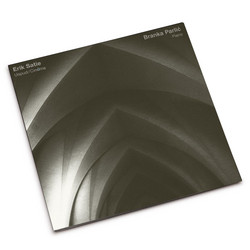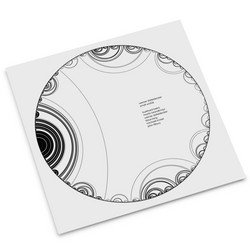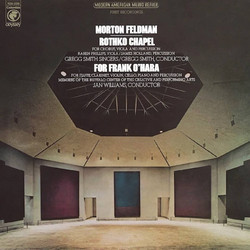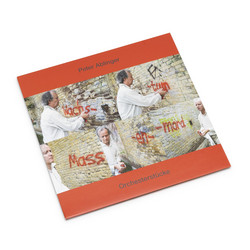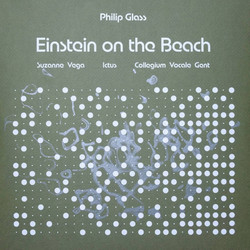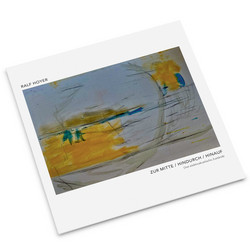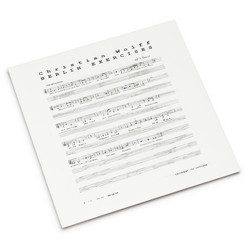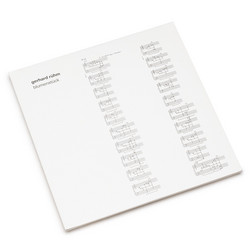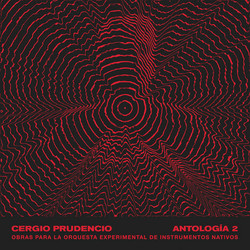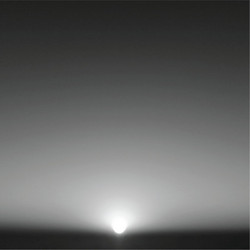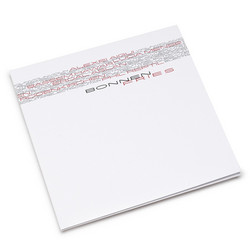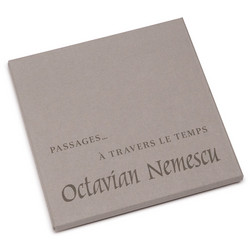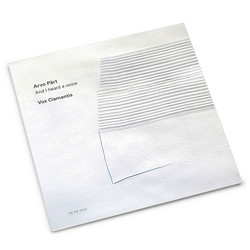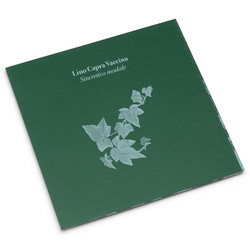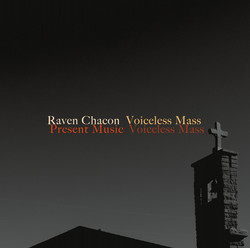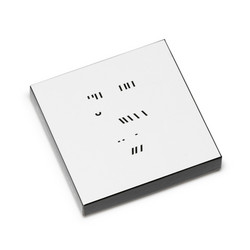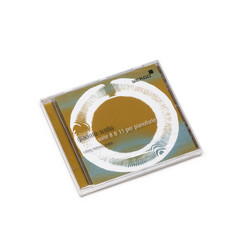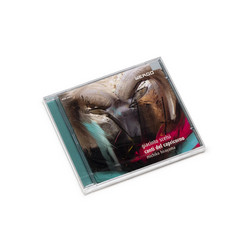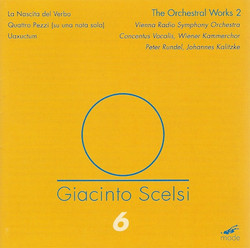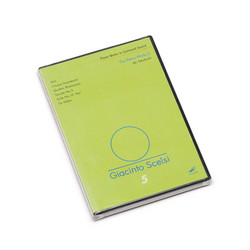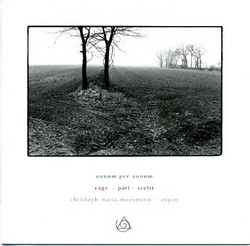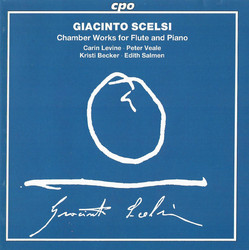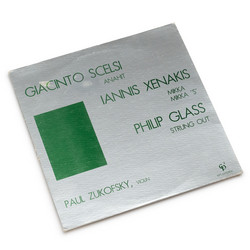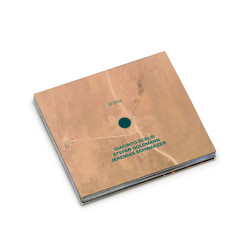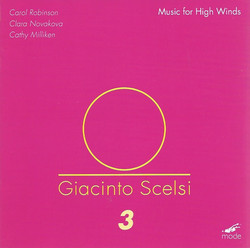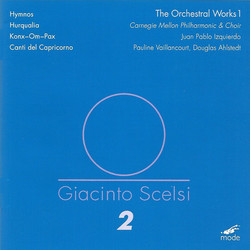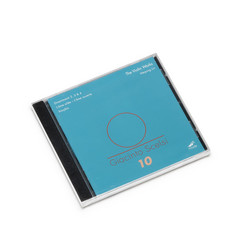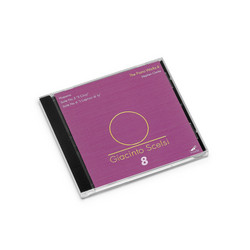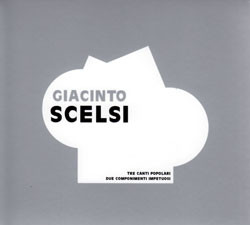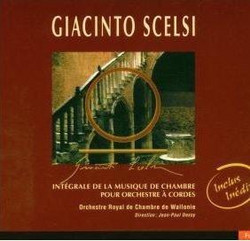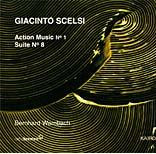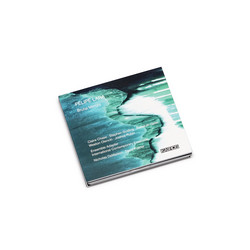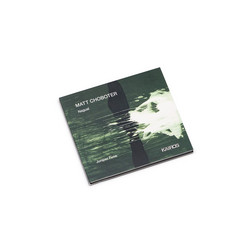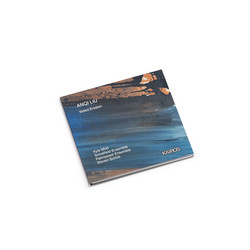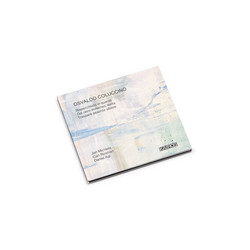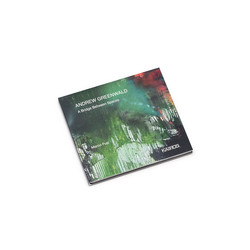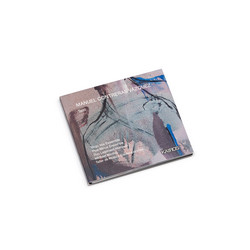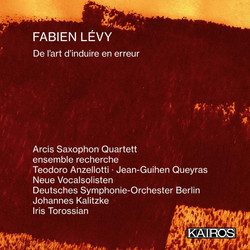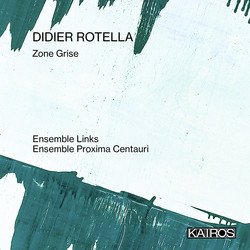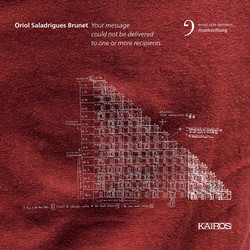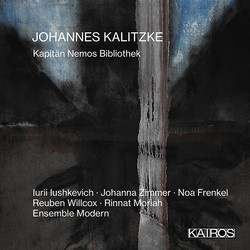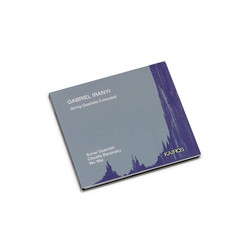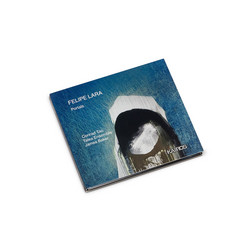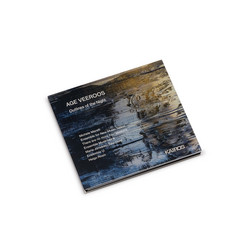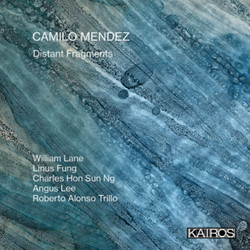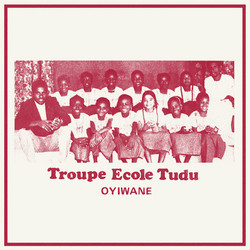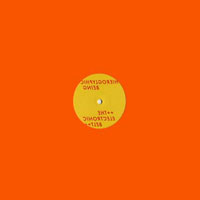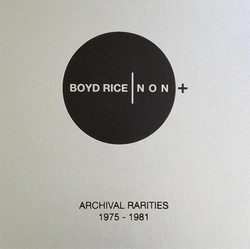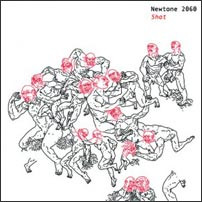Yamaon (1954-1958) for bass, alto saxophone, tenor saxophone, contra bassoon, percussion and doublebass is one of the wildest and most direct works of Scelsis. Just as the composition I presagi completed in the same year, the title warns of the destruction of a Mayan city. As Varèse in Ecuatorial and Nocturnal, Scelsi in Yamaon works with a differentiated repertoire of vowels, consonants, and syllables. These have no linguistic semantic meaning, but convey heterogeneous values of expression. “What happens in Yamaon can be described as a process during which the instruments through mimesis (Benjamin: “The talent of producing similarities”) gradually appropriates the music of the singer”. (Henk de Velde)
The violin concert Anahit (1965), which bears the subtitle “Lyrical Poem on the Name of Venus”, is one of the most extraterritorial sound compositions of the 60s. The orchestra comprises 18 soloist instruments and the soloists, performing highly difficult parts and operating with scordatura (re-tuning their instruments), produce a brilliant sound continuum which can no longer be described with the categories used to describe a conventional violin concert. The discourse between solo instruments and the ensemble is replaced by the articulation of changing sound states. The individual voices of the composition vanish in a sound continuum of enigmatic beauty. As Yamaon, the ensemble composition with three movements I presagi (1958) is about the visionary precognition of the downfall of a Mayan city. As in Yamaon, this piece features an unusual instrumentation: two horns, two trumpets, two trombones, two tubas, saxophone, percussion and wind machines.
The first movement revolves around the note b as an energy centre, while the second movement orbits around the note c. The pent up energy potential of the first two movements is unleashed in the third movement when the drums play for the first time providing an apocalyptic furioso as finale. In the 50s, Scelsi prepares the emergence of his new and pioneering approach to sound with numerous solo pieces for wind instruments. While the flute composition Pwyll (1954) remains true to a more conventional harmonic idea, the Tre pezzi for saxophone (1956) conveys a fascinating cross-over of familiar vocabulary and anticipating brilliance.
Okanagon (1968), composed three years after Anahit, ranks among the enigmatic compositions of the artist. Scelsi outlined the following programme for the harp, doublebass and tam tam trio: “Okanagon is to be understood as a rite, or, if you choose, as the heartbeat of the earth”.
